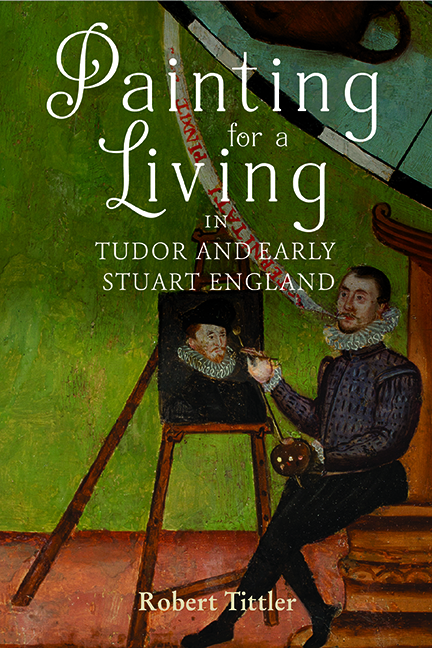Book contents
- Frontmatter
- Dedication
- Contents
- List of Illustrations
- Preface
- Acknowledgements
- Editorial Conventions and Abbreviations
- Part I Introduction
- Part II Kinds of People
- Part III Particular Specialities
- Part IV Ways and Means
- Part V Conclusion
- Bibliography
- Index
- STUDIES IN EARLY MODERN CULTURAL, POLITICAL AND SOCIAL HISTORY
7 - The Workshop Personnel
Published online by Cambridge University Press: 26 May 2022
- Frontmatter
- Dedication
- Contents
- List of Illustrations
- Preface
- Acknowledgements
- Editorial Conventions and Abbreviations
- Part I Introduction
- Part II Kinds of People
- Part III Particular Specialities
- Part IV Ways and Means
- Part V Conclusion
- Bibliography
- Index
- STUDIES IN EARLY MODERN CULTURAL, POLITICAL AND SOCIAL HISTORY
Summary
There are many ways to think about a workshop. The term may refer to group of people, what the French refer to as une équipe, conjointly engaged in a common activity. When that activity consists of some form of production, it may also refer to the defined physical space which houses it. Such a space may be connected to a place of residence, making some workshops co-terminus both spatially and socially with households, with some or all members of one also belonging to the other. On the other hand, a workshop may remain a distinct physical structure, disconnected from any residential premises. It may even extend to more than one such physical structure. Not all of these meanings were mutually exclusive, but all of them would apply at one time or another to most pre-industrial artisanal occupations, including painting. A discussion of the workshop as a physical construct follows in the next chapter; this one investigates its social organization.
As we have seen, the members of the typical painter's workshop will have consisted at its most rudimentary level of the master working alone, perhaps assisted by his wife or an occasional casual worker or journeyman. Many established painters will have been assisted by an apprentice or sometimes two, while the largest workshops, as maintained by such painter-contractors as, for example, Rowland Buckett, will have employed additional journeymen on either long- or short-term contracts. Painters contracted for commissions away from their base might bring workers with them or, in the case of major commissions on such extensive building projects as Knole or Hatfield, might contract local men for the less skilled aspects of the job. These ranks in the workshop's employment ladder need to be considered one by one.
Aside from the casual labourer who might be employed short-term for menial tasks, the lowest position in the painter's workshop belonged to the apprentice. Apprenticeships began with the signature of a parent or guardian on an indenture, binding the offspring to serve for a stated duration in return for both training in the craft and keep in the master's household. At least in theory, apprenticeship served as the first rung on both the occupational ladder leading to the status of master painter and as the equivalent rung on a ladder of civil status leading to the freemanry, and thus to the full economic and (in most cases) political rights within the community.
- Type
- Chapter
- Information
- Painting for a Living in Tudor and Early Stuart England , pp. 159 - 189Publisher: Boydell & BrewerPrint publication year: 2022



